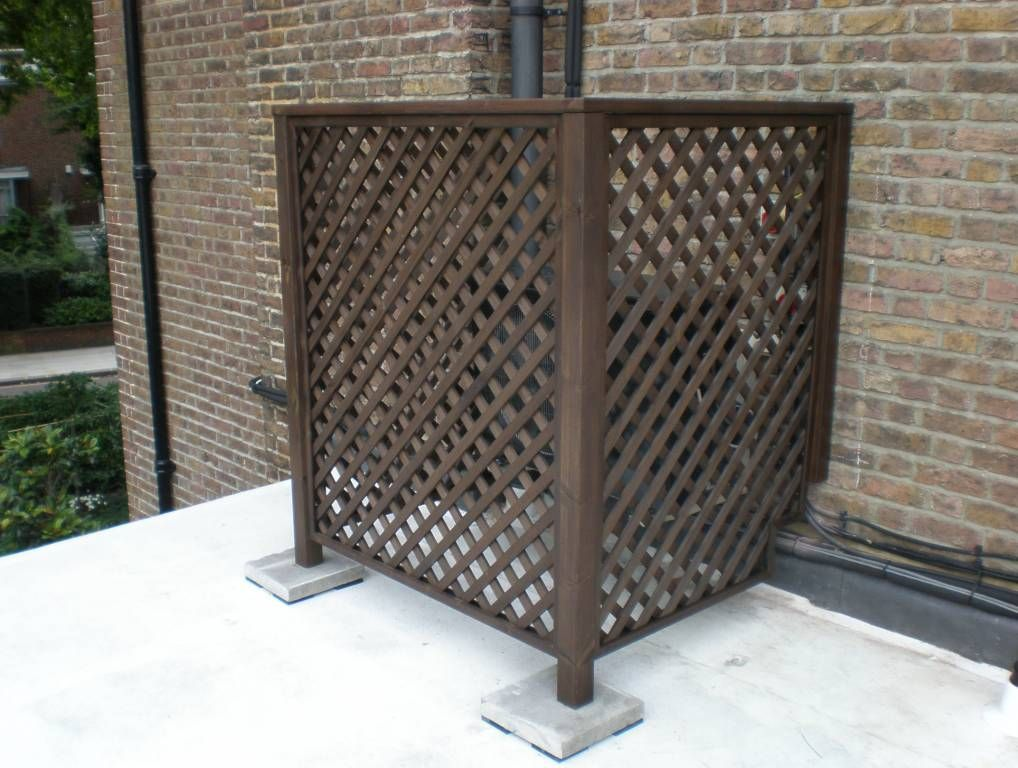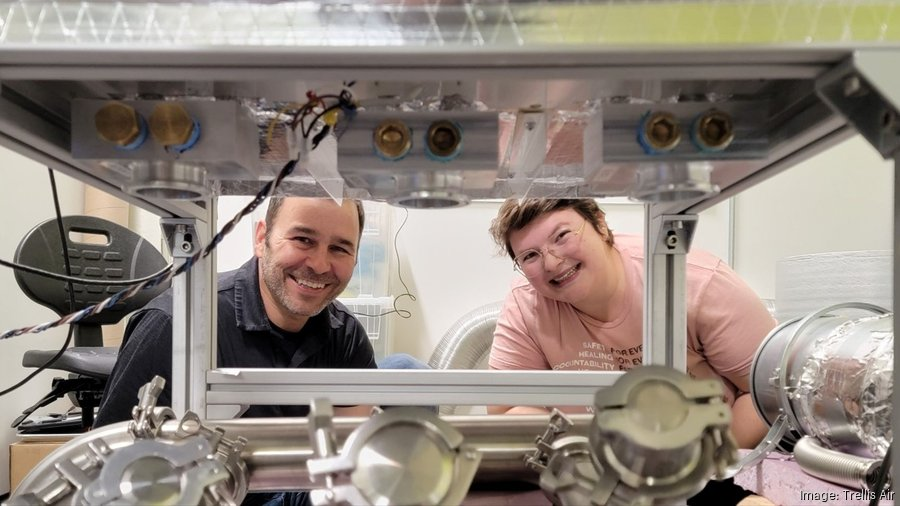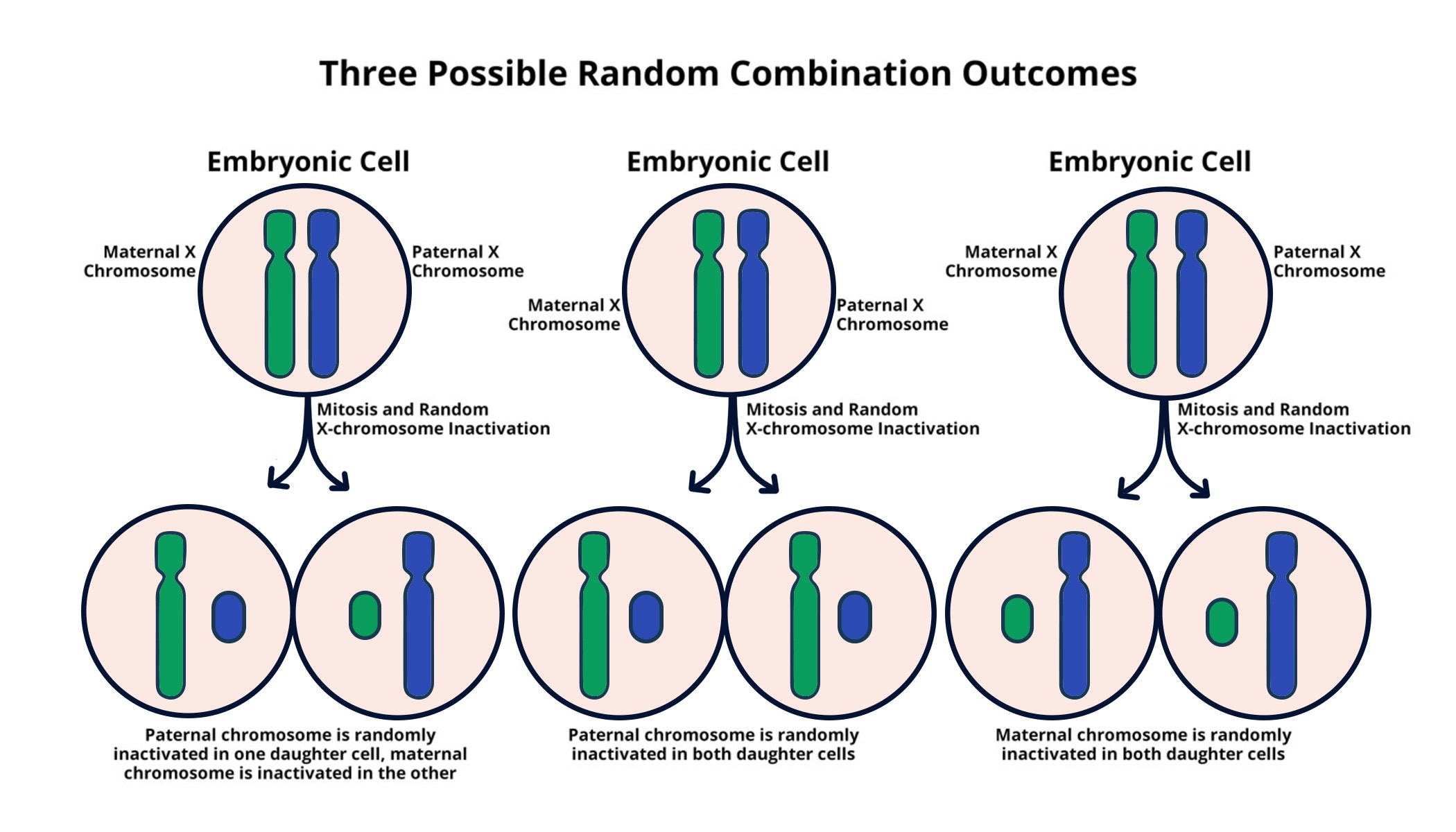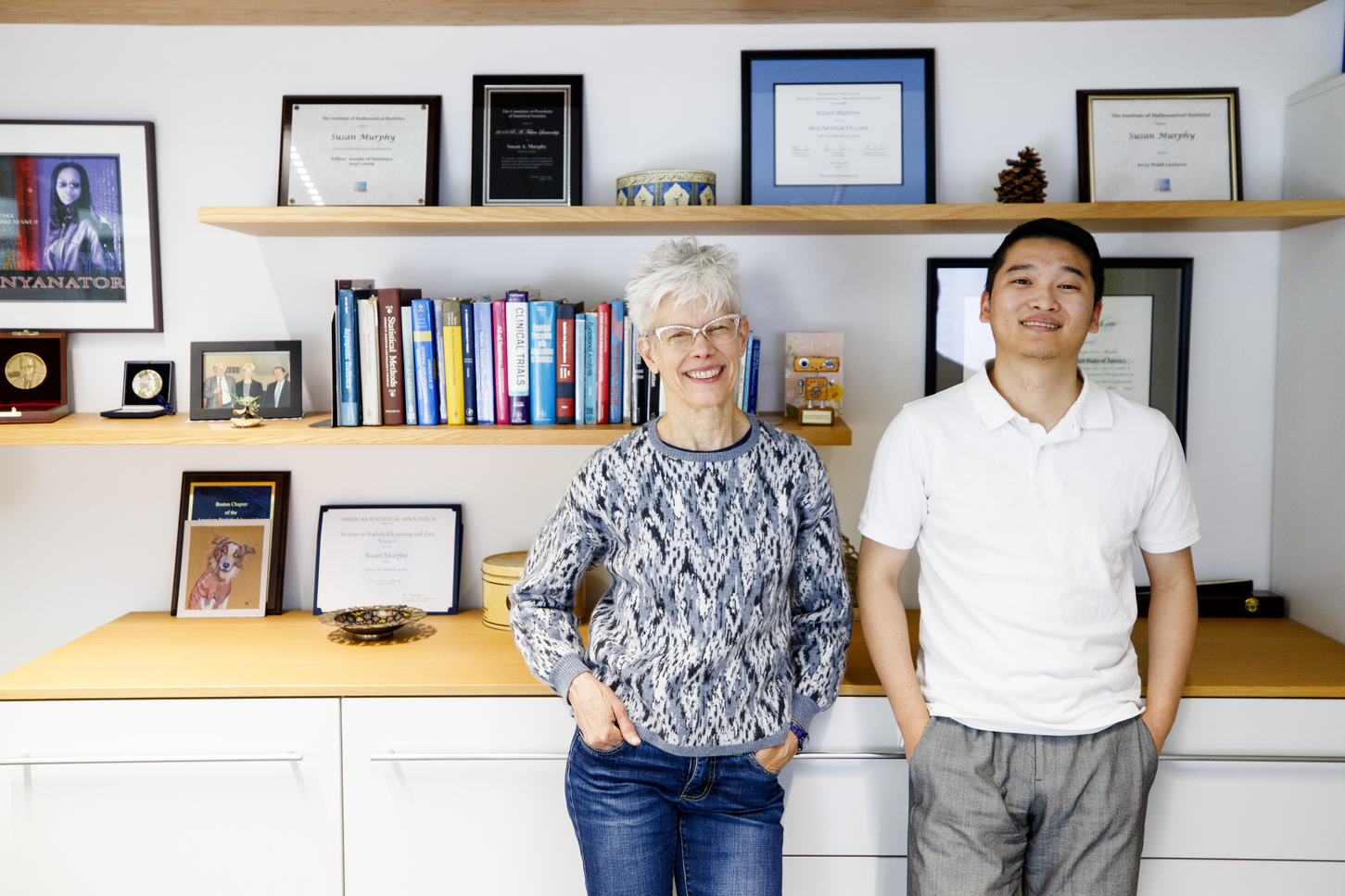
Trellis Air Cooling Technology Revolutionizes Energy Efficiency
Trellis Air cooling technology is poised to revolutionize how we think about air conditioning and energy efficiency. Developed by a Harvard-affiliated startup, this innovative approach addresses the urgent need for energy-efficient air conditioning solutions in the face of escalating climate change. Utilizing a unique membrane dehumidification method, Trellis Air significantly reduces energy consumption while enhancing overall cooling performance. As global temperatures rise, the demand for sustainable cooling systems will become increasingly critical, particularly in urban environments. By integrating cutting-edge research and technology, Trellis Air offers a promising path toward mitigating greenhouse gas emissions and advancing climate change solutions.
Innovative cooling systems like Trellis Air’s offer a fresh perspective on traditional air conditioning methods. This pioneering technology leverages advanced mechanical membranes to separate water vapor from the air, comparable to the function of a coffee filter, thus improving efficiency and sustainability. As global warming intensifies, the importance of energy-efficient climate control becomes paramount, making Trellis Air’s approach vital in developing environmentally friendly and cost-effective solutions. By addressing the pressing demands of modern buildings with its novel techniques, the startup aligns itself with broader movements toward integrating sustainable energy practices into daily life. This unique innovation is not just another air conditioning system; it represents a holistic response to a critical challenge in our increasingly warm world.
The Future of Air Conditioning with Trellis Air Cooling Technology
Trellis Air cooling technology represents a groundbreaking shift in the way we approach air conditioning systems. As global temperatures continue to rise due to climate change, the need for more efficient and sustainable cooling solutions has never been more pressing. Traditional air conditioning methods are notorious for their high energy consumption and significant contributions to greenhouse gas emissions. Trellis Air, however, introduces a novel membrane dehumidification system that returns the focus to energy-efficient air conditioning without compromising comfort or indoor air quality.
This innovative technology utilizes a unique membrane that performs like a coffee filter, effectively separating water vapor from the air. By minimizing energy usage, this approach not only helps to address the soaring demand for cooling—projected to rise by 40 percent by 2030—but also provides a climate change solution that reduces the carbon footprint of conventional cooling methods. As researchers and innovators explore Harvard startup innovation, Trellis Air is at the forefront, promising a more sustainable future through cutting-edge scientific advancements.
Innovative Membrane Dehumidification: A Sustainable Cooling Solution
The membrane dehumidification technology developed by Trellis Air stands out as a sustainable cooling system that addresses the rising challenges associated with conventional air conditioning. Unlike typical air conditioning units, which utilize energy-intensive refrigerants to cool and dehumidify the air, Trellis Air’s method efficiently extracts moisture using a unique membrane. This innovative design not only ensures energy-efficient performance but also helps lower overall energy consumption levels, making it a much-needed alternative in the face of increasing climate challenges.
Moreover, sustainable cooling systems like Trellis Air’s contribute significantly to mitigating climate change effects. By eliminating the inefficiencies inherent in traditional cooling methods, the Trellis Air technology fosters environment-friendly solutions that reduce greenhouse gas emissions. As society increasingly acknowledges the urgent call for energy-efficient practices, Trellis Air proves to be a vital player in providing practical, scalable solutions for both residential and industrial cooling needs.
Commercialization Strategies: Revolutionizing the Air Conditioning Market
As Trellis Air prepares to market its innovative cooling technology, the startup has outlined several strategic paths for commercialization. Primarily, the focus is on replacing outdated desiccant systems in industrial environments with their efficient dehumidification solution. By offering a compelling alternative to existing technologies, Trellis Air aims to enhance energy efficiency and overall performance in air conditioning applications across various sectors.
Additionally, Trellis Air plans to upgrade conventional basement dehumidifiers, improving their functionality and reducing energy consumption. The long-term ambition, however, involves integrating Trellis Air technology as a pre-drying module for existing air conditioning units globally. This significant step not only aligns with the increasing demand for energy-efficient air conditioning but also highlights the startup’s potential to become a frontrunner in sustainable cooling solutions, thus further combating climate change.
Collaborative Innovation at Harvard: Bringing Science to Market
The collaborative efforts at Harvard to advance the Trellis Air technology underscore the university’s commitment to addressing real-world environmental challenges. Supported by multiple departments and research groups, the development of the membrane dehumidification solution is a perfect example of how interdisciplinary cooperation can lead to significant innovations. The synergy between the School of Design and the John A. Paulson School of Engineering and Applied Sciences fosters an environment that nurtures scientific breakthroughs, pushing the boundaries of sustainable technology.
Moreover, partnerships with external entities, including the U.S. Department of Energy, highlight the critical role of funding and support in bringing revolutionary technologies to market. By collaborating with institutions and stakeholders invested in climate change solutions, Trellis Air aims to leverage its innovative cooling technology for broader applications and scalability, demonstrating how academic research can translate into tangible impacts on energy consumption and emissions in the air conditioning industry.
Trellis Air’s Impact on Energy Consumption in the Cooling Sector
As the demand for cooling is set to escalate, the impact of Trellis Air’s technology on energy consumption cannot be understated. Conventional air conditioning systems are known for their significant energy demands, contributing to escalating utility costs and environmental degradation. By introducing an energy-efficient air conditioning solution, Trellis Air aims to reshape industry standards and provide an environmentally favorable alternative that significantly reduces energy usage while maintaining optimal indoor climates.
Analyzing the potential benefits of the Trellis Air system illustrates how it can play a pivotal role in delineating future energy consumption trends in the cooling sector. With the projection of a 40% increase in energy use for cooling by 2030, implementing such sustainable technologies becomes crucial for alleviating pressure on energy resources and minimizing greenhouse gas emissions. Companies adopting Trellis Air solutions will not only benefit from reduced operational costs but also contribute positively to global climate change mitigation efforts.
Real-World Applications of Trellis Air Technology
The real-world applications of Trellis Air technology demonstrate its potential to revolutionize the air conditioning market across diverse environments. From residential homes to commercial buildings and industrial facilities, the membrane dehumidification system offers scalable solutions that adapt to various cooling demands. For instance, deploying this innovative technology in urban settings known for their heat and humidity can provide relief while significantly decreasing energy consumption.
This practical application of sustainable cooling systems reflects a broader trend towards eco-friendly innovations in the architecture and design sectors. As cities grow hotter due to climate change, the adoption of energy-efficient solutions like Trellis Air enhances indoor comfort and contributes positively to public health and well-being. Collaborative efforts with architects and engineers will ensure that Trellis Air systems are integrated seamlessly into future building designs, thus setting new benchmarks for energy conservation and environmental responsibility.
The Role of Investments in Advancing Innovative Cooling Solutions
Investment plays a crucial role in the advancement of innovative cooling solutions like Trellis Air technology. With a growing awareness of climate change and a pressing need for energy-efficient air conditioning solutions, venture capitalists and investors are increasingly recognizing the potential in startups that prioritize sustainability. Trellis Air’s leadership has actively sought out financial backing to fuel its research and development efforts, enabling them to refine their groundbreaking technology and navigate the pathway toward commercialization.
The significance of investor support cannot be understated; it not only provides the necessary resources for scaling operations but also validates the viability of new technologies in the face of competitive markets. For Trellis Air, securing investment is more than just acquiring funds; it paves the way for substantial impact in the energy sector and aids in spreading awareness of sustainable practices. A robust financial backing will enable Trellis Air to innovate continuously, catering to the growing demand for environmentally responsible cooling methods.
Challenges in Developing Membrane Dehumidification Systems
While Trellis Air has made significant advancements in membrane dehumidification, the journey has not been without its challenges. Historically, previous attempts to develop such systems encountered difficulties in achieving the necessary balance of water selectivity, efficiency, and scalability with durable materials. Trellis Air’s research teams have had to navigate these hurdles creatively, leveraging both fundamental science and engineering innovations to produce practical solutions.
This problem-solving approach has resulted in the creation of a durable membrane that is only 15 microns thick, setting a new standard for the industry. In addition to the technological breakthroughs, Trellis Air’s team continually evaluates the performance of their system under varying conditions, ensuring resilience and reliability in real-world applications. Overcoming these hurdles underscores the commitment of Trellis Air to delivering a transformative solution that will not only redefine the air conditioning landscape but also contribute significantly to global sustainability efforts.
The Future of Sustainable Cooling Systems
Looking ahead, sustainable cooling systems like Trellis Air technology are poised to play a crucial role in addressing global climate challenges. As cities and populations expand, the reliance on traditional air conditioning systems is not sustainable; hence, the need for innovative, energy-efficient solutions is paramount. Trellis Air’s technology offers a glimpse into the future where sustainable cooling is not just an ideal but a practical reality that everyone can access.
The push for sustainability in air conditioning is not only about adapting to current trends but also about preparing for the future. With advances in technologies such as Trellis Air’s membrane dehumidification, the promise of reducing energy consumption and emissions is within reach. By advocating for energy-efficient air conditioning practices and investing in further innovation, we can pave the way for a more environmentally responsible approach to cooling our homes, offices, and cities—one that prioritizes the planet’s health while providing comfort and efficiency.
Frequently Asked Questions
What is Trellis Air cooling technology and how does it work?
Trellis Air cooling technology utilizes a unique membrane dehumidification method that functions similarly to a coffee filter, effectively separating water vapor from the air. This innovative technology significantly improves energy efficiency compared to traditional air conditioning systems by consuming less energy while maintaining optimal air quality, making it a sustainable cooling system.
How does Trellis Air technology contribute to climate change solutions?
By reducing the energy consumption of air conditioning systems, Trellis Air technology helps mitigate greenhouse gas emissions associated with cooling. As conventional systems are responsible for about 4% of global emissions, the adoption of Trellis Air’s energy-efficient air conditioning solutions can significantly lower the impact of climate change.
What are the benefits of using Trellis Air’s energy-efficient air conditioning system?
Trellis Air’s energy-efficient air conditioning system offers several benefits, including reduced energy consumption, lower operational costs, and improved indoor air quality through effective moisture removal. It utilizes a membrane dehumidification approach that outperforms conventional systems, making it a more sustainable option for cooling needs.
Can Trellis Air cooling technology help in industrial applications?
Yes, Trellis Air technology is designed to replace traditional desiccant systems in industrial contexts. Its innovative membrane allows for efficient air drying while maintaining energy efficiency, making it ideal for industries that require precise humidity control.
What role do Harvard researchers play in the development of Trellis Air cooling technology?
Harvard researchers, including Jonathan Grinham, Jack Alvarenga, and Joanna Aizenberg, have been instrumental in the development of Trellis Air’s membrane technology. Their collaboration advanced the scientific and engineering breakthroughs necessary to create a sustainable cooling system that addresses the growing demand for energy-efficient air conditioning.
How does Trellis Air’s technology compare to traditional air conditioning solutions?
Unlike traditional air conditioning solutions that rely heavily on refrigerants, Trellis Air’s technology uses a membrane dehumidification system that is less energy-intensive, stable, and more efficient. This reduces the overall energy needed for cooling and minimizes the environmental impact associated with conventional HVAC systems.
What are the commercialization plans for Trellis Air technology?
Trellis Air plans to commercialize its technology by integrating its membrane cooling system into existing air conditioning units as a pre-drying module. The goal is to enhance the efficiency of AC systems globally, adaptable for both residential and industrial applications.
Is Trellis Air’s approach to cooling sustainable?
Yes, Trellis Air’s approach to cooling is sustainable as it focuses on significantly reducing energy usage and emissions associated with cooling. The innovative membrane technology not only improves efficiency but also aligns with global efforts to combat climate change through lower resource consumption.
What testing has been conducted to validate Trellis Air technology?
Trellis Air has undergone rigorous testing of its prototypes in various climates including Miami, with proof-of-concept studies supported by the U.S. Department of Energy. These tests demonstrate the technology’s efficiency and viability in real-world conditions, paving the way for future commercialization.
How can Trellis Air cooling technology impact the future of HVAC systems?
Trellis Air cooling technology has the potential to revolutionize HVAC systems by offering a more energy-efficient alternative to traditional air conditioning. This innovation is crucial as global cooling demands rise, providing a scalable solution capable of significantly reducing energy costs and greenhouse gas emissions.
| Key Points | Details |
|---|---|
| Background | Trellis Air is a startup that offers a novel dehumidification technology aimed at reducing energy consumption in air conditioning systems. |
| Environmental Impact | Current air conditioning systems contribute to 4% of global greenhouse gas emissions, with demand expected to rise 40% by 2030. |
| Technology Overview | Trellis Air’s innovative membrane selectively separates water vapor from air, functioning similarly to a coffee filter, resulting in lower energy consumption compared to traditional AC units and dehumidifiers. |
| Collaboration | The startup emerged from collaborations among Harvard scientists and aims to advance cooling technology with support from university resources and the Department of Energy. |
| Commercialization Path | Trellis Air plans to integrate its technology with existing air conditioners worldwide and replace desiccant systems in industrial applications. |
| Prototyping Success | Initial prototypes demonstrated efficiency in challenging climates, and studies are ongoing to scale the technology for commercial use. |
Summary
Trellis Air cooling technology represents a groundbreaking approach to reducing energy consumption in air conditioning systems, addressing the growing demand for cooling as global temperatures rise. With innovative solutions like a water vapor-separating membrane and strong backing from Harvard researchers, Trellis Air is poised to transform the air conditioning industry. By offering a more efficient alternative to traditional systems, Trellis Air aims to significantly lower greenhouse gas emissions and energy use in buildings, thus playing a vital role in the combat against climate change.









